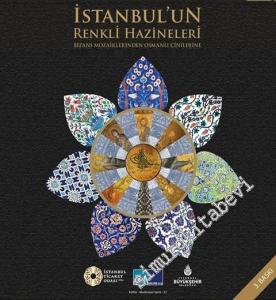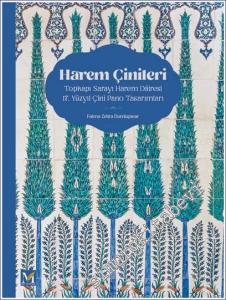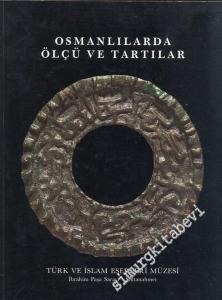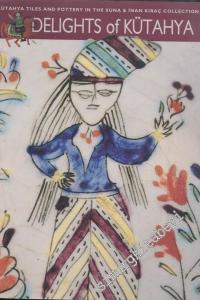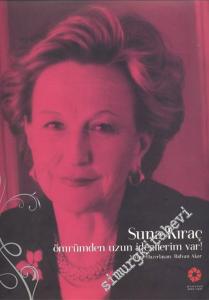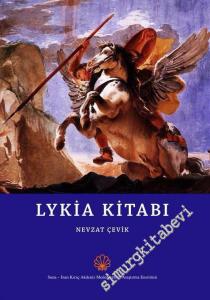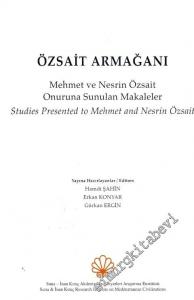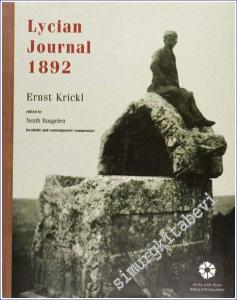#smrgKİTABEVİ Magic of Clay and Fire: A History of Kütahya Pottery and Potters - 2006
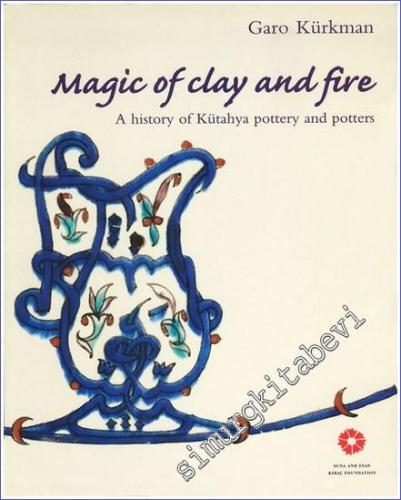
A striking example of this phenomenon in Ottoman art is Kütahya ceramics, which have remained relatively unnoticed with the spotlight of attention focused on İznik. When speaking of Ottoman ceramics it is first of all those of İznik that spring to mind today, and this was no less true in the past.Kütahya pottery, like that of Çanakkale, has been left to straggle far behind. Yet even a little examination reveals that although in comparison with these splendid ‘court art' of İznik, the pottery of Kütahya is rearded as provincial in character, and that of Çanakkale as ‘folk art', both these traditions are marked by ively originality and creativity.
This book has been designed to throw new light on one of these overshadowed areas, the richly endowed world of Kütahya ceramics. In a region where pottery has been produced without interruption through the Phrygian, Greek, Roman, Byzantine, Ottoman and modern periods, Kütahya's long history of pottery production –its development, materials, workshops and craftsmen – has now been re-examined in new depth. Garo Kürkman has combed museums and archives all over the world, bringing to light a myriad documents and photographs that have never been published before, and his fascinating study based on all this new information takes us on a thrilling journey through the magical world of clay, fire and glaze.
A striking example of this phenomenon in Ottoman art is Kütahya ceramics, which have remained relatively unnoticed with the spotlight of attention focused on İznik. When speaking of Ottoman ceramics it is first of all those of İznik that spring to mind today, and this was no less true in the past.Kütahya pottery, like that of Çanakkale, has been left to straggle far behind. Yet even a little examination reveals that although in comparison with these splendid ‘court art' of İznik, the pottery of Kütahya is rearded as provincial in character, and that of Çanakkale as ‘folk art', both these traditions are marked by ively originality and creativity.
This book has been designed to throw new light on one of these overshadowed areas, the richly endowed world of Kütahya ceramics. In a region where pottery has been produced without interruption through the Phrygian, Greek, Roman, Byzantine, Ottoman and modern periods, Kütahya's long history of pottery production –its development, materials, workshops and craftsmen – has now been re-examined in new depth. Garo Kürkman has combed museums and archives all over the world, bringing to light a myriad documents and photographs that have never been published before, and his fascinating study based on all this new information takes us on a thrilling journey through the magical world of clay, fire and glaze.






